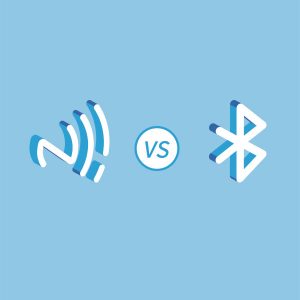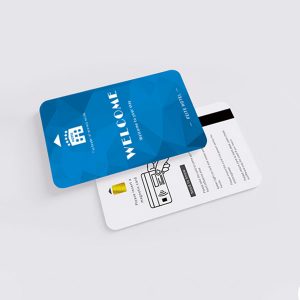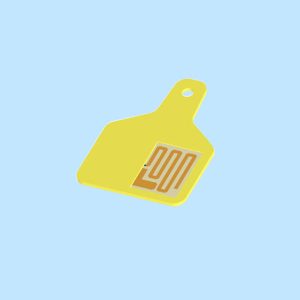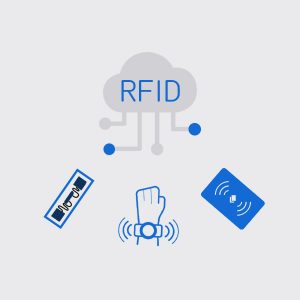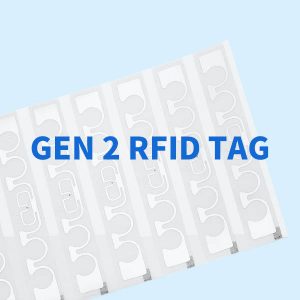
All Things You Might Not Know About Gen 2 RFID Tag Memory Banks
As we all know, RFID Tag Memory Banks is divided into read-only and read-write. The chip that can write data shows that it provides a storage area for users. Different chips have different storage area structure. This article mainly introduces GEN 2 RFID tag memory banks. UHF Gen 2 RFID tags have four memory banks: 1. EPC 2. TID 3. USER 4. Reserved EPC Memory: The memory bank stores an EPC code or an electronic product code. It’s a minimum




